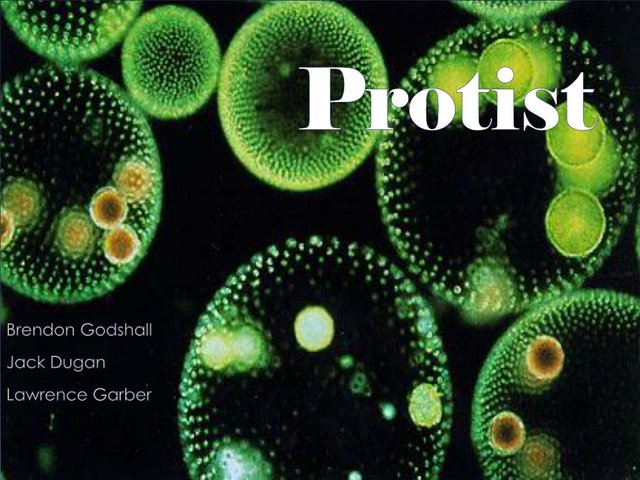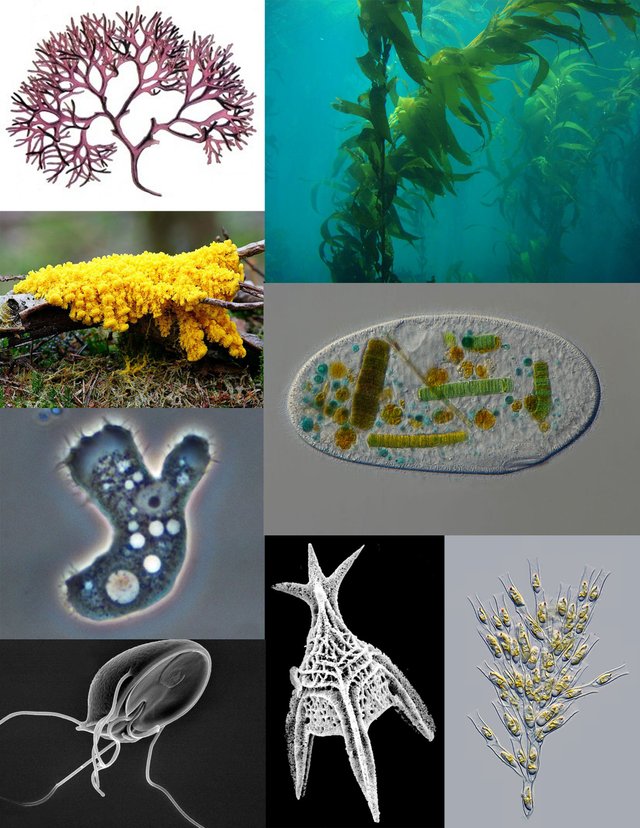Any eukaryotic(membrane bound nucleus) organism that is, one with a cell nucleus that is not an animal, plant, or fungus is referred to as a protist. As a result, certain protists can be more closely related to mammals, plants, or fungi than to other protists; but, as with algae or protozoans, the classification is used for convenience. Protistology is the scientific study of protists. Amoeba and paramecium are examples of protists.


Aquatic species make up the majo
rity of protists. They need a moist atmosphere to thrive and can be found in puddles, wet soil, streams, and the ocean, among other places.
Many protists travel about using cilia, flagella, or cytoplasmic extensionions called pseudopods.
Protists feed in a variety of ways. Some protists are autotrophic, meaning they have chloroplasts, whereas others are heterotrophic, meaning they eat through absorption or engulfment (phagocytosis).

Protist reproduction differs greatly depending on the species of protist and the surrounding circumstances. Other protists reproduce sexually by conjugation, whereas others reproduce through the formation of gametes. Others replicate in an asexual manner by forming zygospores.
Chagas disease and sleeping sickness are caused by the Trypanosoma protozoa.
Giardiasis is caused by Giardia protozoa, and malaria is caused by Plasmodium protozoa.
Know your environment fellow steemian and thanks so much for reading.